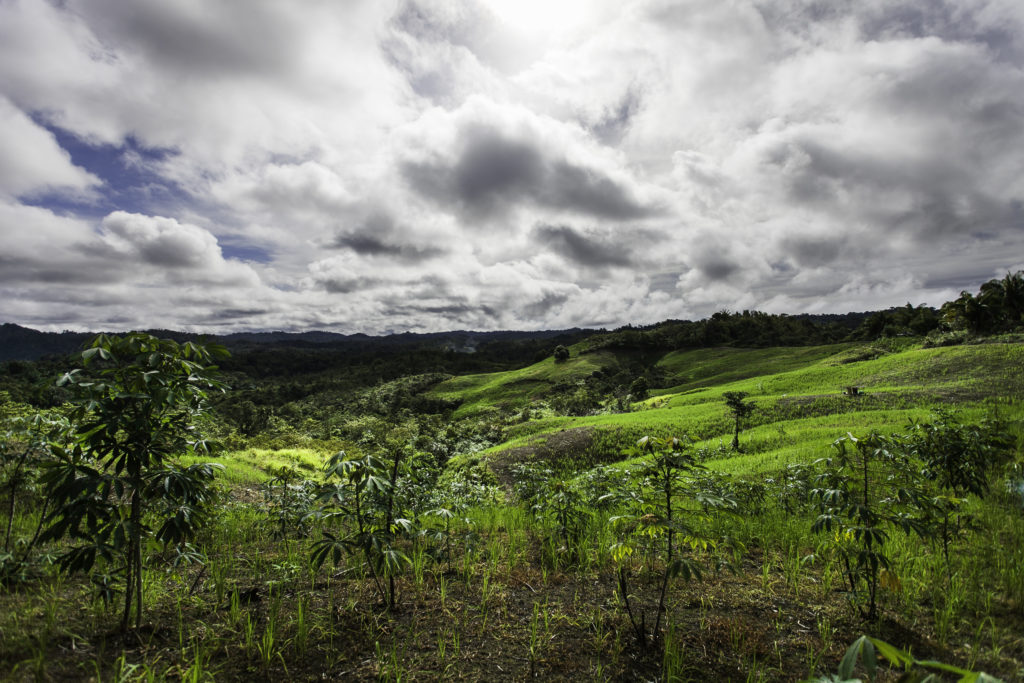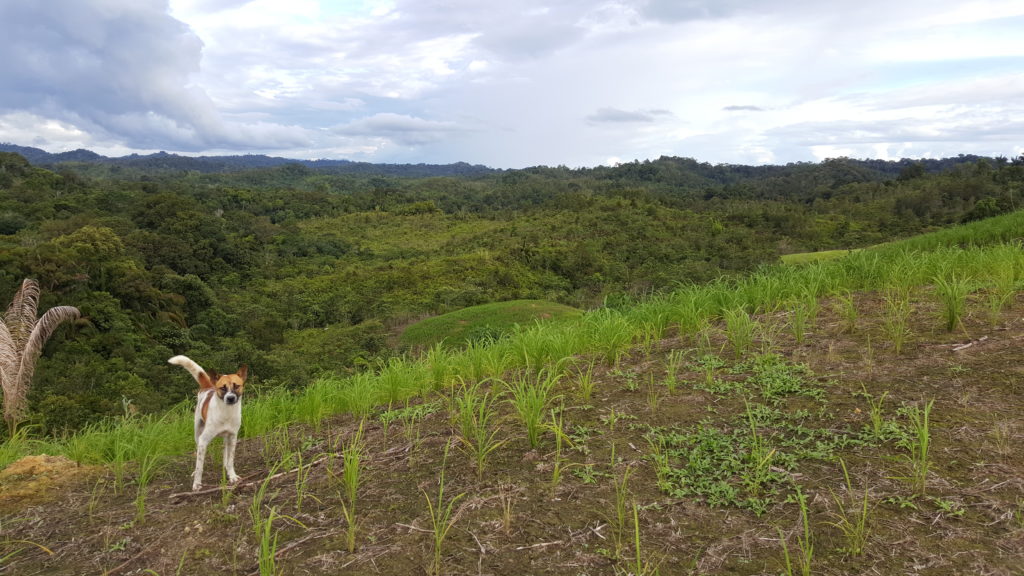The demand for economic development within Sarawak and West Kalimantan places deforestation pressures on the Heart of Borneo (HoB) corridor. Companies and small holders are clearing high value forests to extract timber resources, and plant commodities such as oil palm, operating very close to protected areas and intact forest landscapes (see interactive map).

The WWF believes that deforestation pressures could be reduced if local communities generate economic growth from deforestation free industries (or green industries). The following impediments to the natural development of green industries in Sarawak and West Kalimantan have been identified:
- local communities and indigenous groups lack the capacity to plan and implement green economies
- government institutions lack land-use planning and natural resource management capacity
- commodity producers underestimate the potential of green markets
- the region lacks good examples of green industries.
What is a green economy?
The Green Economy Report of the United Nations Environment Programme defines a green economy as “an economy that results in improved human well-being and social equity, while significantly reducing environmental risks and ecological scarcities” (Towards a Green Economy – Pathways to Sustainable Development and Poverty Eradication UNEP 2011).
A green economy can be seen as an economic paradigm that drives growth, income and jobs, without compromising the natural capital of ecosystems and biodiversity. A green economy favours economic development that can protect the natural capital, increase resource efficiency and promote sustainable consumption.
A key aspect of a green economy is its emphasis on sustaining natural capital to secure green growth and long term prosperity.
Green economy concepts for the Heart of Borneo
In 2012, WWF published “Heart of Borneo: Investing in nature for a green economy”. The report summarises the findings of a two year project which analysed the implications of a green economy in the Heart of Borneo. The analysis includes modelling new land use scenarios and participatory-based research involving a range of stakeholders (Heart of Borneo: Investing in nature for a green economy WWF 2012).
The following diagram from the report demonstrates the important components of a green economy:
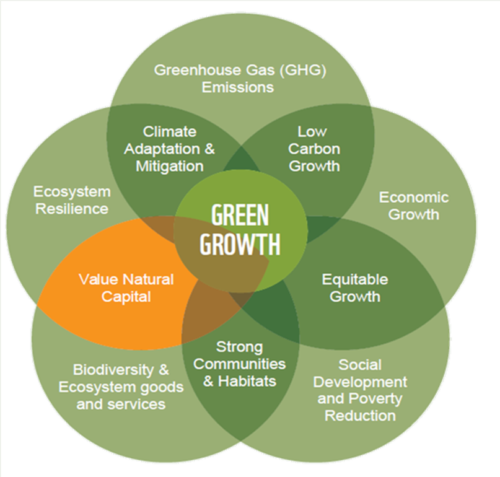
Natural Capital based industries
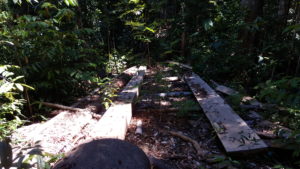
The report identifies significant natural capital within the HoB, including forests, minerals, soil, water, timber, biodiversity, food, habitat and carbon sequestration. The report also identifies the following green industries which could be built on the HoB’s natural capital:
- Community Gaharu – trees inoculation and cultivation
- Certification of cocoa agro-forest producers
- Tagal system & cage aquaculture for Empurau fish
- Community-based ecotourism
- Ecosystem restoration services
- Protecting and restoring abandoned logging concessions
- Biobanking
- Bioprospecting
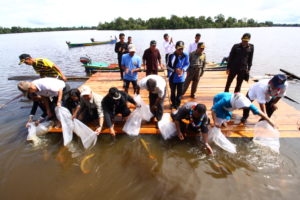
Fish release, Kapuas Hulu; photo credit: L Haqeem. - Certification for responsible timber supply
- Certification for responsible palm oil cultivation
- Responsible development of sustainable hydropower
- Responsible mining
- Energy and biogas
- Micro-hydro power
Key findings
The report finds that a green economy can reduce poverty, increase growth, balance local economies and support climate change mitigation / adaptation. Specifically, the assessment finds that investing in natural capital can:
- decrease future costs to businesses, households and government
- increase future revenue from biodiversity-based and green industries
- raise crop yields and lower domestic energy consumption
- support a transformation to a more just and equitable economy
A model green economy

A green economy ideally includes multiple green industries. A green economy in the HoB could include limiting palm oil development to degraded areas; increasing certified palm oil and timber production; protecting and restoring idle forestry concessions; reducing the application of fertilisers and pesticides; improving mining practices; prioritising investment in energy efficiency and renewable energy; and expanding biodiversity-based industries such as eco-tourism.
The Heart of Borneo Green Economy Project seeks to build on WWFs long standing commitment to a green economy for the Heart of Borneo, by encouraging governments and other stakeholders to plan regional green economies, and create an environment where a green economy could prosper.
Planning and governance
To generate green economies that simultaneously utilise and protect natural capital, natural capital custodians must find efficient mechanisms to allocate natural capital. This process can begin by developing a natural capital inventory, and then using a landscape approach to develop a land use and management plan for the stakeholders seeking to access natural capital. The growth of green economies may also require investment in incentives, infrastructure, regulation and compliance.
